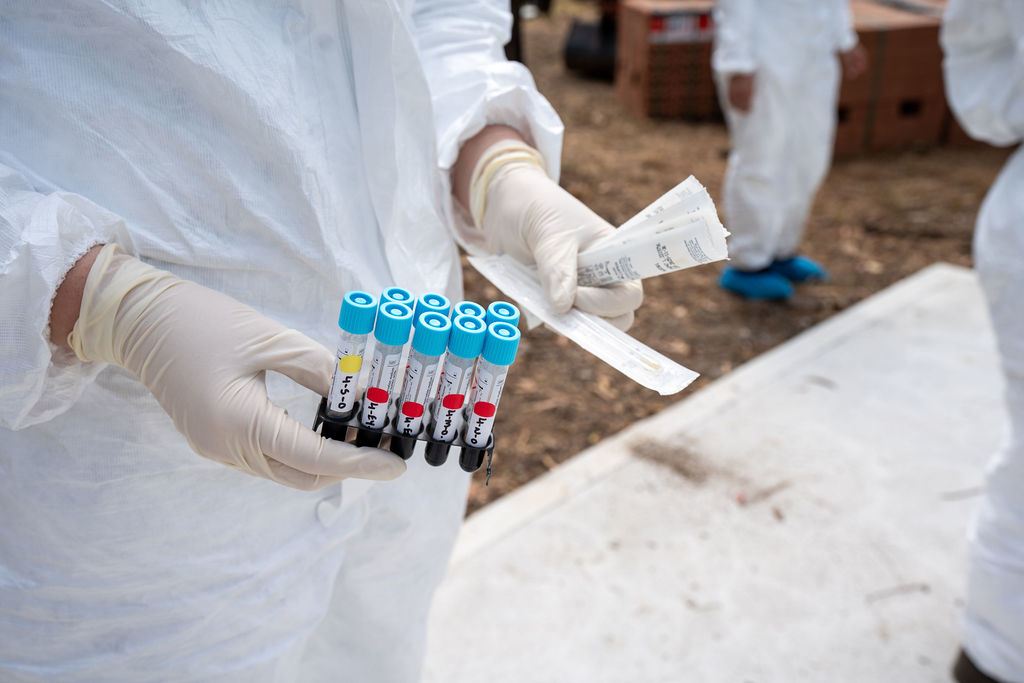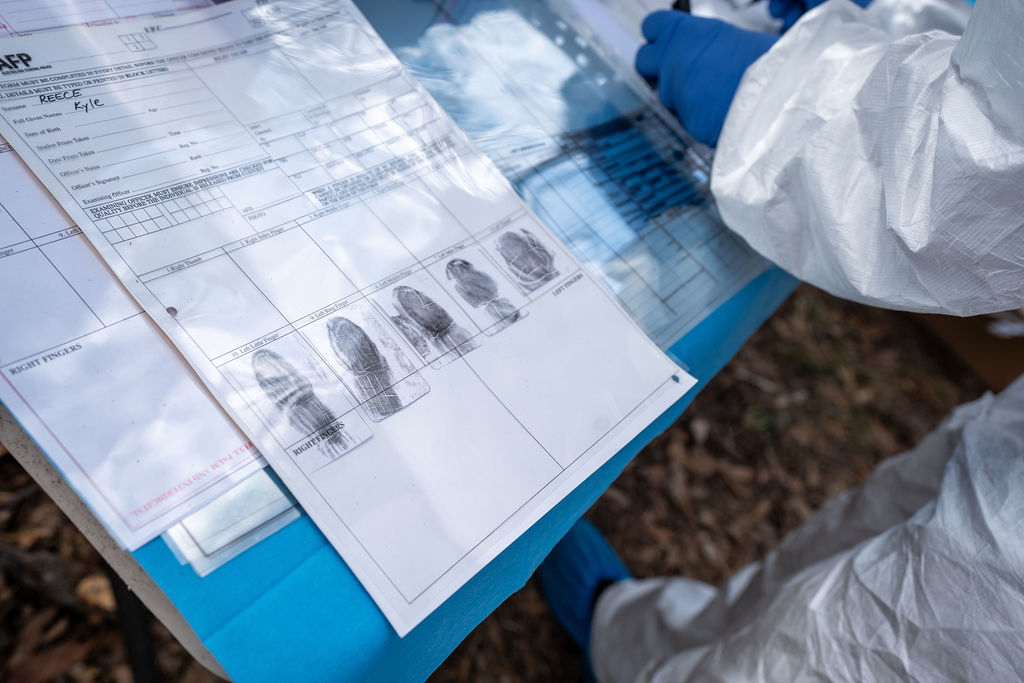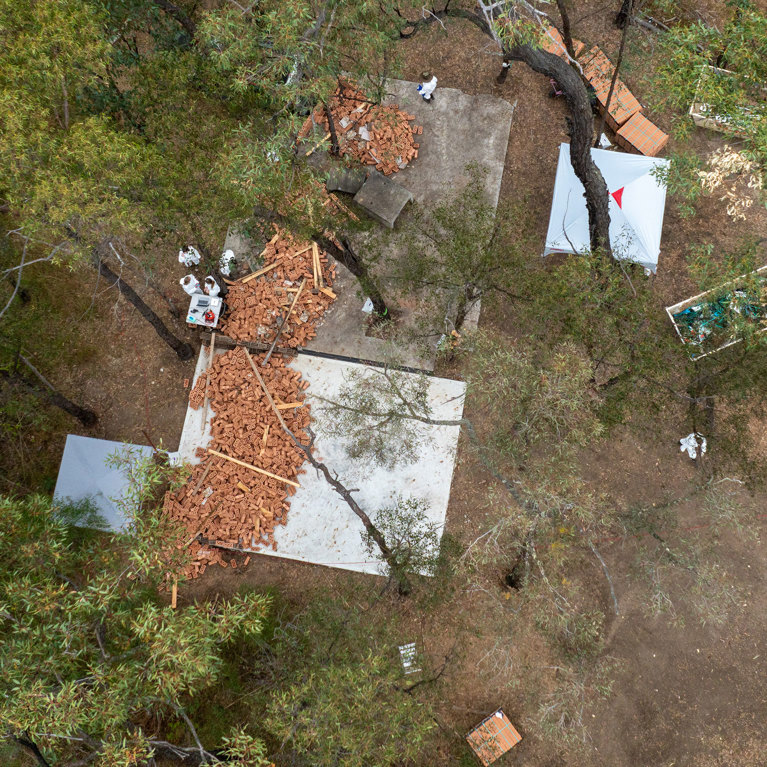- Posted on 16 Jan 2025
- 3-minute read
Before being confronted with the reality of a disaster involving mass loss of life, police and emergency services need to be prepared as well as they can be.
Such preparation under realistic conditions is an important role for the only facility of its kind in the southern hemisphere, the University of Technology Sydney’s Australian Facility for Taphonomic Experimental Research, or AFTER.
As 2024 drew to a close, AFTER hosted a multi-agency multi-jurisdictional training exercise involving military and civilian police personnel from around the country, with observers from INTERPOL, working through the scenario of a building destroyed with multiple fatalities, in a scene created to simulate the aftermath of an explosion.
Led and funded by the Australian Defence Force (ADF) Joint Military Police Unit in collaboration with the Australia New Zealand Policing Advisory Agency (ANZPAA), it was the fourth and largest victim identification exercise held in conjunction with the ANZPAA Disaster Victim Identification Committee.
The exercise tested the joint military and civilian command, control and coordination of a mass fatality event, with members participating from the ADF, Australian Federal Police/ACT Policing and the Queensland, Tasmanian, Victorian, New South Wales and Western Australian police forces, along with forensic experts in odontology (the scientific study of teeth), anthropology, biology, pathology, and morgue staff.

The Director of AFTER, Dr Maiken Ueland, said the establishment of AFTER as a key site for forensic taphonomy research – the study of human remains from the time of death to the time of discovery – had advanced disaster preparedness by providing realistic conditions using donated human remains.
“AFTER is proud to be able to facilitate this type of research and training opportunities and we hope to continue to grow in this space,” she said. “We also highly value the collaborative nature of these events and the partnerships that result as we merge research and operational outcomes.”
In the simulated disaster scene, developed over several weeks before a three-day recovery exercise, eight bodies were placed in a simulation of a collapsed building, some indicating the effects of an explosion, others located in enclosed rooms smothered by debris.
This facility allows our members to train in close to real-world conditions ensuring members are as prepared as possible.
“Field teams were confronted with remains in various states of decomposition, some buried under heavy rubble, with two individuals apparently having been in close proximity to an explosion,” Dr Ueland said.
“Participants were tasked with processing the disaster, recovering victims and establishing the identity of all casualties, two of whom would be determined to be perpetrators, according to the scenario killed when the bomb they were working on detonated early.
“Adding to the complexity of the scene, four qualified bomb scene examiners examined the area for an exploded (but safe) device. Over a day and a half, they reclaimed the pieces of the simulated device and gave an accurate report of its constitution. They then assisted disaster victim identification teams with the recovery operation.
“We also had the opportunity in the set-up phase for the exercise to undertake research focused on locating missing persons. This included scent collection, the NSW police scent detection dogs and imaging technologies such as thermal imaging.”



QLD Police State Disaster Victim Identification Coordinator, Squadron Leader Ritchie Callaghan, said the AFTER exercise was “unique around the globe.”
“This facility allows our members to train in close to real-world conditions ensuring members are as prepared as possible,” he said.
“It allows a decent level of resilience and gives much needed experience to many practitioners. We are extremely lucky to have such a great working relationships with the AFTER researchers.”
The exercise ran concurrently with Sydney hosting the 48th INTERPOL Disaster Victim Identification Working Group. Experts from 15 countries attending had the opportunity to visit AFTER at the height of the exercise and learn about other research being undertaken at the facility.


